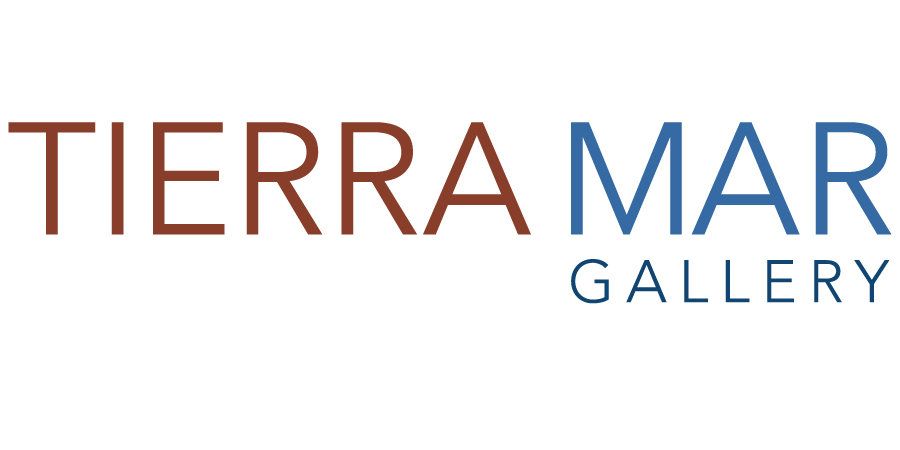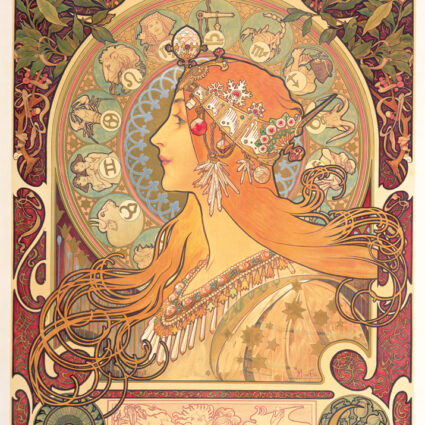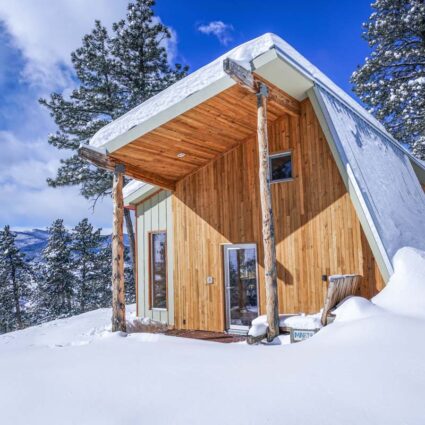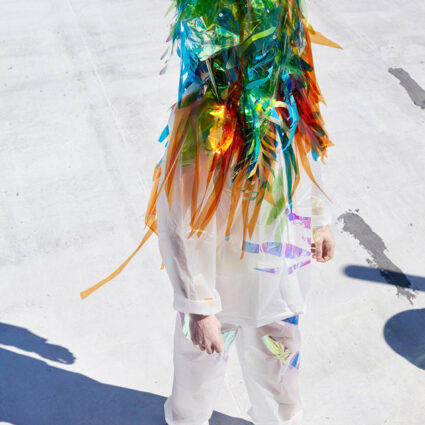Santa Fe-based photographer Stephen Robeck captures abstract forms, colors, and textures from wilderness landscapes and waterscapes across the U.S.

Santa Fe artist Stephen Robeck has had a lifelong fascination with photographs. From the tiny darkroom he built as a youngster to the advanced digital tools he uses today, he finds the process of bringing images from nature to life as contemporary artworks deeply satisfying.
Robeck’s serious work with a camera began with long backpack trips in the Sierra Nevada and Rocky Mountains. Surrounded by grand vistas, he felt driven to capture panoramic landscapes, but he soon found his eye drawn to the abstract forms, colors and textures that abound in nature. “Once I really began to see the simple beauty all around me, my vision of what my work should be was changed. In a sense, I was set free.”
He also learned a remarkable thing about spending time outdoors. “After just a few days in the seclusion of the wilderness, something happens. There is an ease, a peace, that leaves you feeling like you never really want to go inside. And I think there is a connection to this sensation in much of my work. If people find my images calming and peaceful, I feel I’ve succeeded.”
If people find my images calming and peaceful, I feel I’ve succeeded.
When he first began to exhibit work, Robeck used a traditional presentation for photographs: black gallery frames, wide double mats and UV-filtering glass. The finished prints were well accepted, but he found the reflections in the glass to be distracting, putting a barrier between the image and the viewer. “I knew I had to find a new presentation, without glass or mats.”
His current process begins with pigmented inks printed on lightly textured fine-art paper. Prints are sealed with two coats of a clear, UV print varnish, mounted on board, and floated in artist-made hardwood frames. “These are durable, 100-year prints that can be wiped with a damp cloth if needed. An unexpected result of the process is a dimensionality that is uncanny. The most frequent comment from viewers is that they believe the photographs are paintings.”
Images in the gallery are drawn from several bodies of work, including Strata from a formation of dramatically hued sandstone cliffs in Upper Michigan, Waterscapes from the North Atlantic and other locations, and Landscapes from White Sands, Death Valley, and the High Sierra. A new body of work, Kéyah, exploring the lands of southern Utah, is currently taking shape.

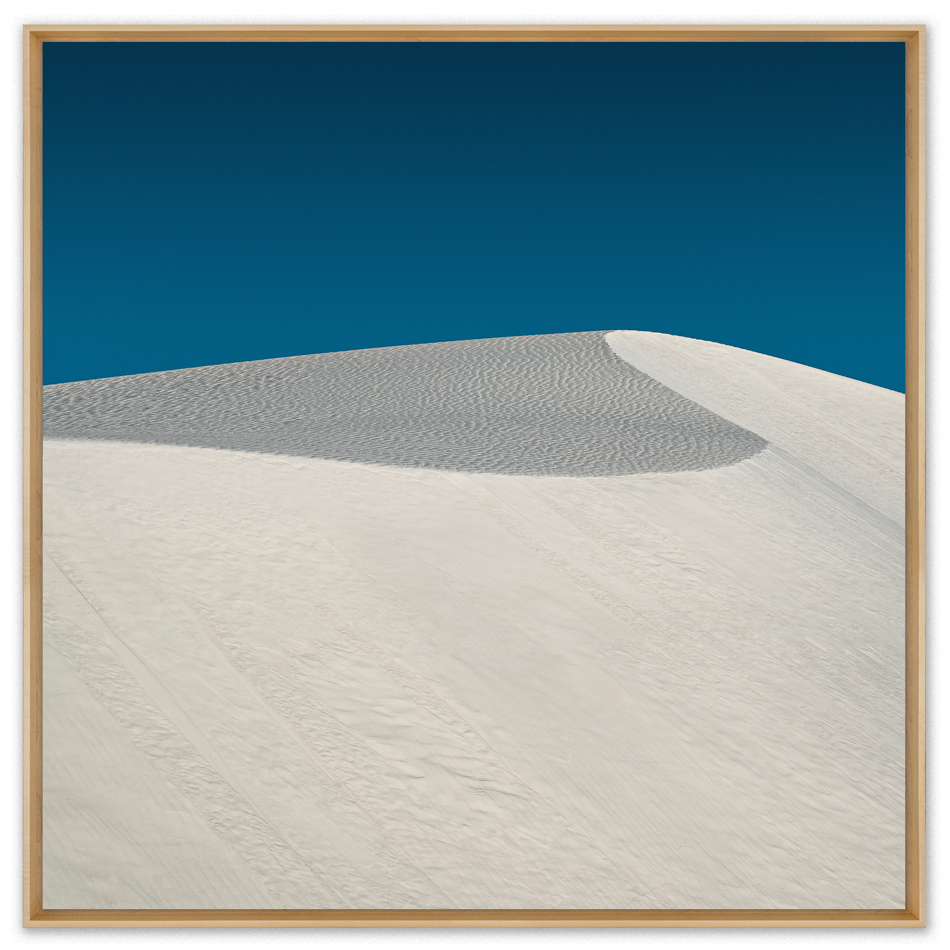

sponsored by
